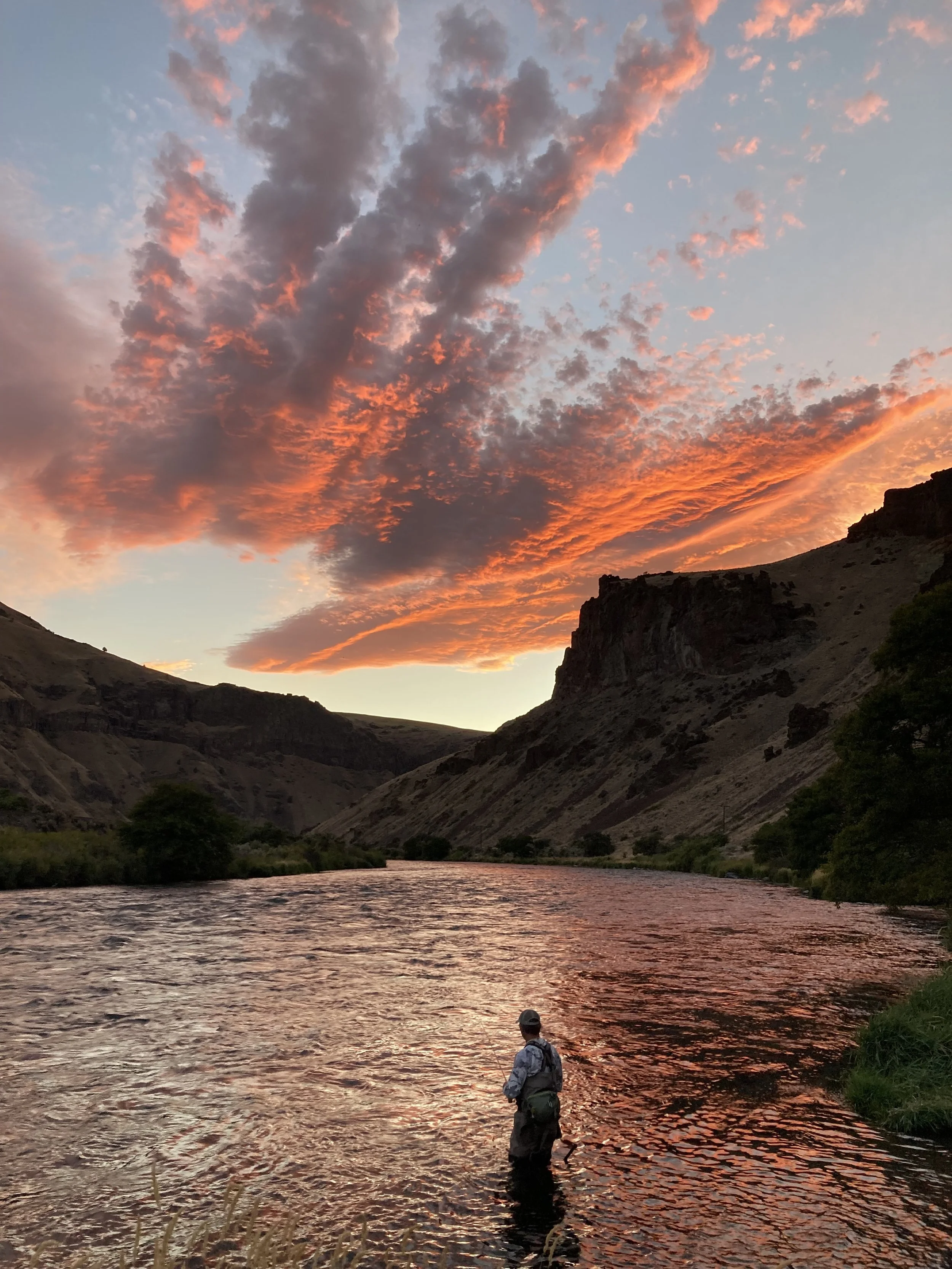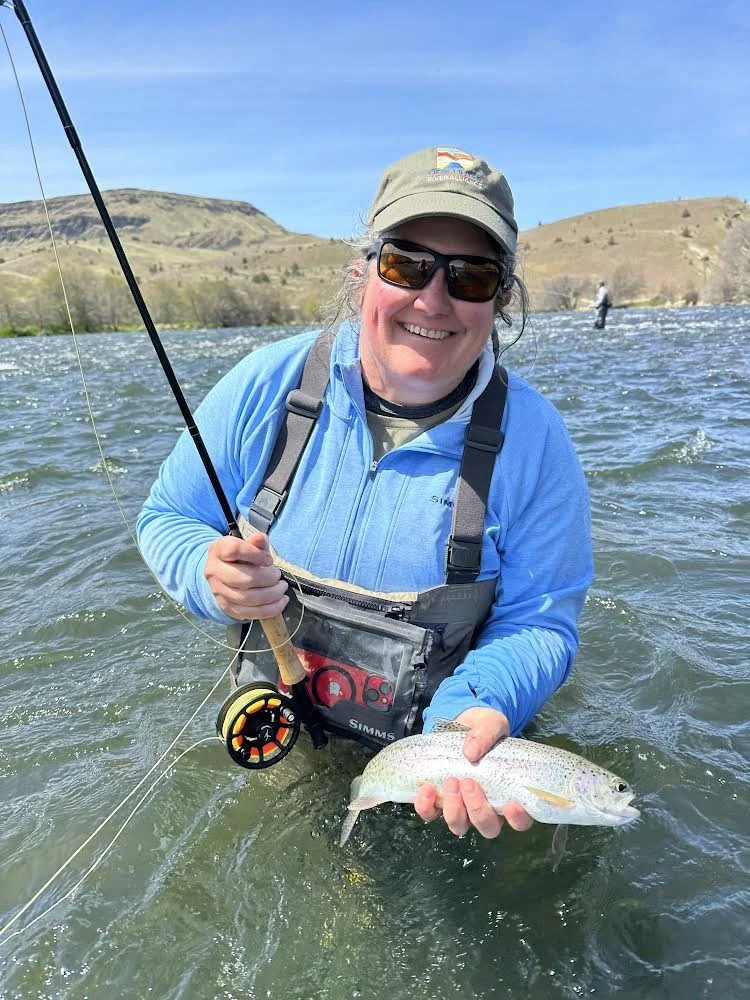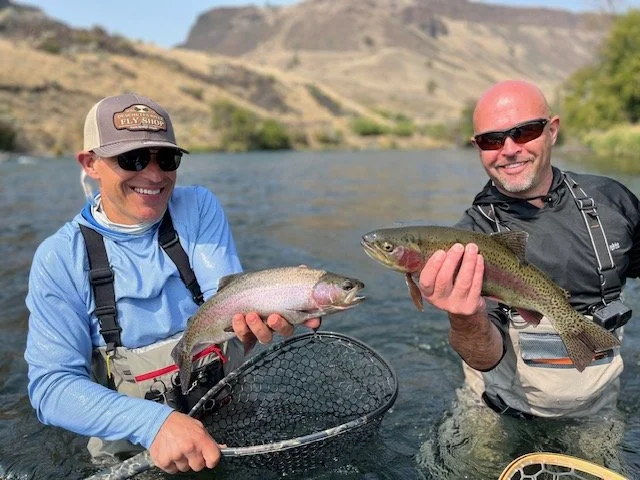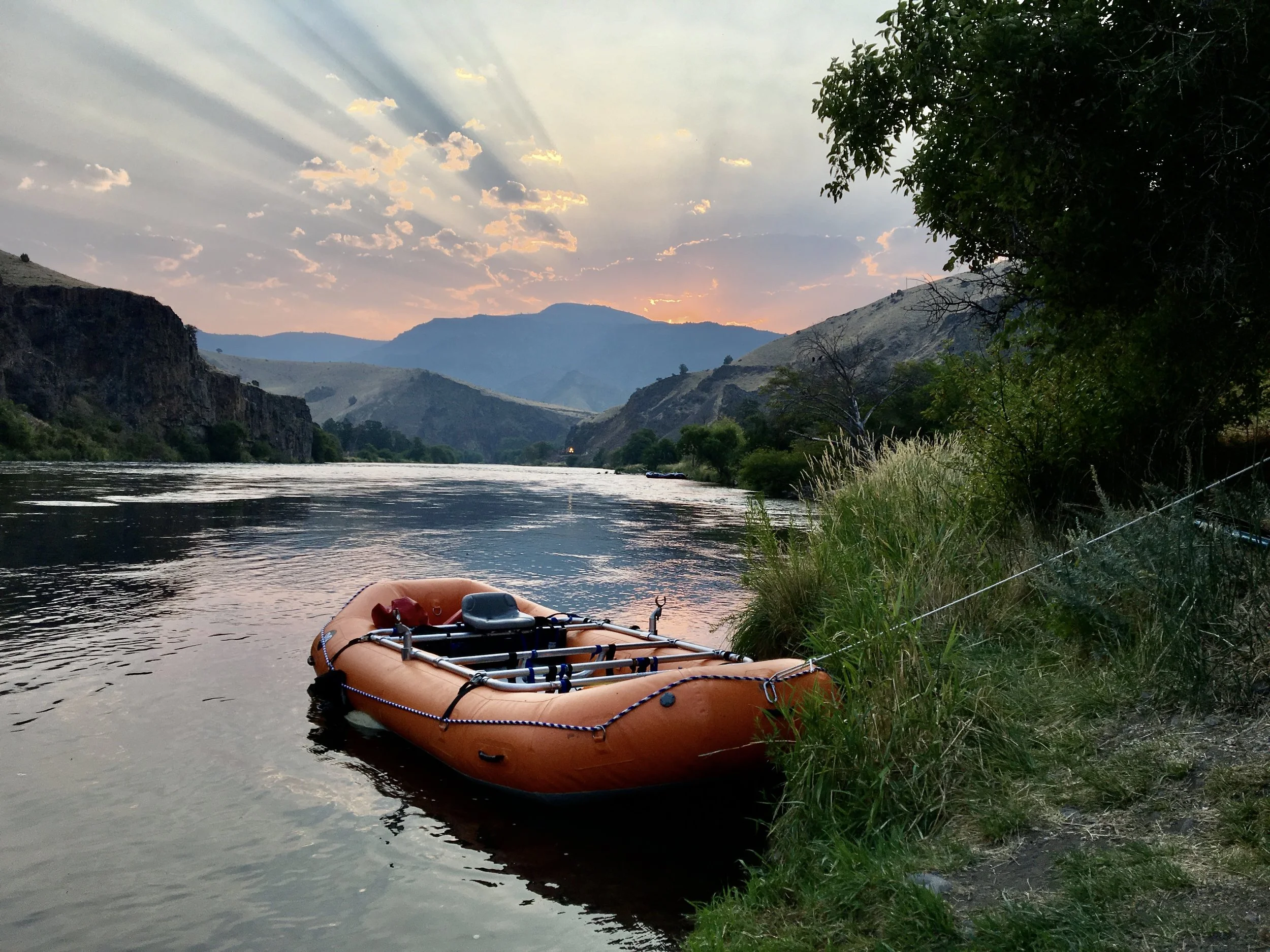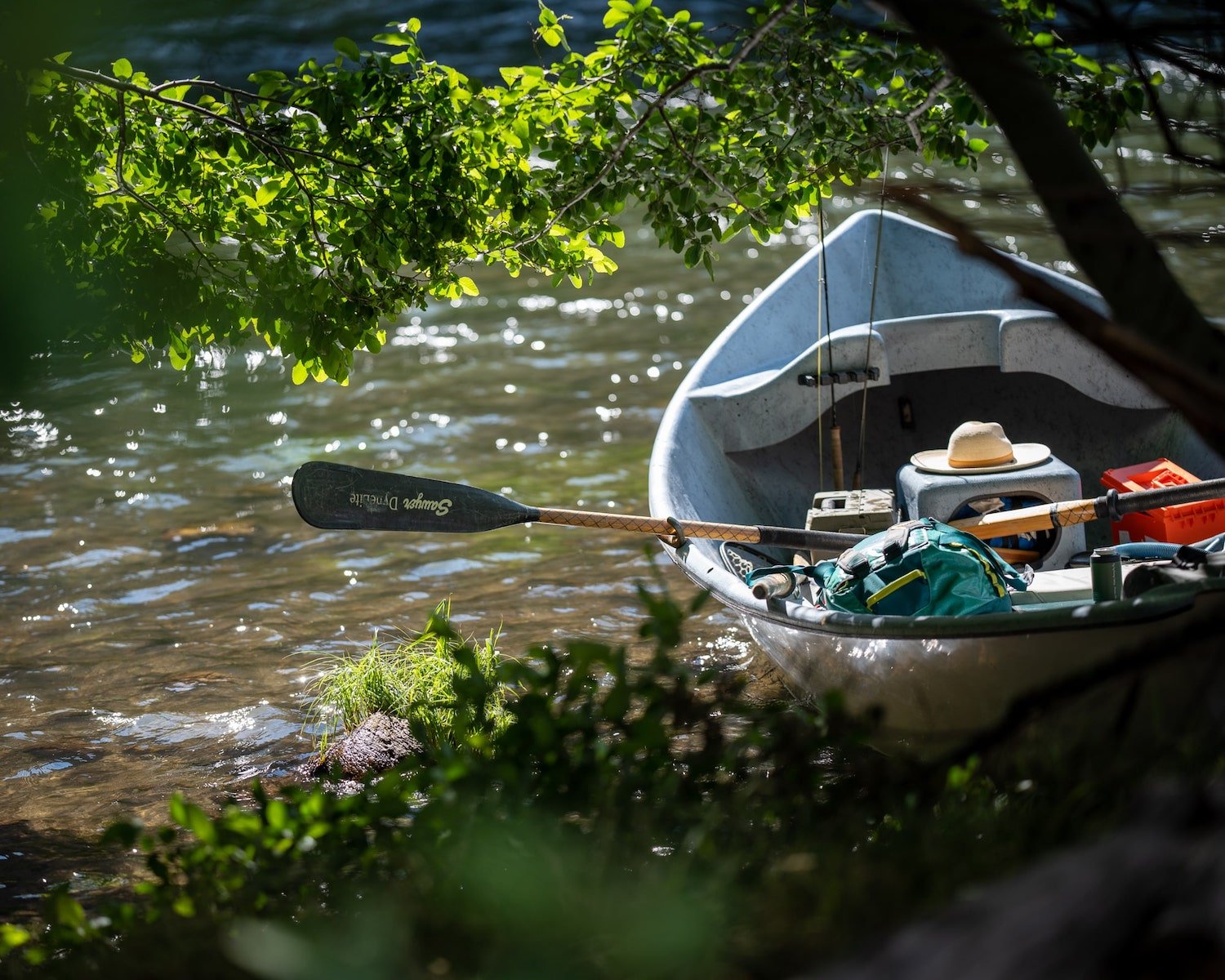PGE’s Own Numbers Affirm Water Quality Trouble in the Lower Deschutes
Water quality troubles in Lake Billy Chinook—and subsequently, in the lower Deschutes, are evident in the field as well as in PGE’s own data. Photo courtesy of Peterson-Hawley Productions.
Tacit Admission: Slides from PGE’s 2025 Fisheries Workshop
Portland General Electric’s management of water quality in the lower Deschutes River isn’t working. Their own numbers tell the tale. This past July, PGE hosted its annual fisheries workshop. It took a few months, but recently, the company posted its own science team’s power point slides from the workshop. For those looking for a deeper dive into what was parsed at the workshop last summer, you can look at the full set of presentations here, and scroll down to the “past fisheries workshops” link.
pH Violations Evident in PGE’s Presentation
Many days of pH violations: from April to October, the requirement not to exceed 8.5 here is reported by PGE.
Here’s the highlights: PGE’s own pH data shows how often the pH standard is violated with its current operations. The hundreds of violations of the pH standard are a more troublesome development for water quality in the lower river than temperature. High pH indicates excessive aquatic plant growth. That lime-green water that blooms in Lake Billy Chinook comprises the bulk of flow into the lower Deschutes. High pH also negatively impacts fish health, particularly in the sensitive spawning and incubation periods in which violations of the standard have occurred.
PGE Data Shows Warmer Water for Most of the Year
The thin blue line: Where it dips below the peak of the curves represents the only weeks of the year when colder, cleaner water flows into the lower Deschutes.
Next: water temperature is warmer than pre-Tower temps the majority of the year. As the graph above depicts, from January to mid-July, water temperature is significantly warmer than pre-Tower conditions. But the graph also shows that warmer water persists well into the fall. The warmer fall temperature deviation is important, because it coincides with spawning and egg incubation timing for steelhead and salmon in the lower Deschutes River. Higher water temperatures during this critical time for developing juveniles compromises the future of fish in the lower Deschutes River.
Not Happening as Planned: “Without Project Temperature”
Observed water temps are significantly higher than the target temperatures calculated by PGE’s flawed “without project temperature” model.
Last: Calculated temperatures, or the target temperature that PGE hopes to achieve via Tower operations, deviate significantly from actual observed temperatures. In the graph above, the observed temperature in April and May, is as much as 2C degrees higher than calculated temperature, and as much as 3C degrees higher than pre-Tower temperatures. Observed fall temperatures during the critical spawning and incubation period are higher than the calculated temperature.
As the slide notes, “Without Project Temperature” is the “predicted temperature at the discharge point if the dams were not in place.” The model PGE uses to construct these temperatures is flawed, using maximum daily air temperatures measured at the Redmond Airport, and maximum daily water temperatures from the three tributaries that flow into Lake Billy Chinook. Even with this tolerance toward higher temperatures built into the WPT model, the “without project temperature” has proven hard to achieve. PGE’s model skews temperatures higher than is healthy for the river and its fish, and the observed water temperatures are even higher.
What’s being Done to Fix This?
It should be obvious by now that “without project temperature” is aspirational at best. Reservoirs act as enormous heat sinks and pollutant concentrators. PGE has the tools to truly mitigate these effects–but for as-yet unrevealed reasons, is refusing to put them to good use. Meanwhile, pH remains the most persistent, and potentially, the most damaging water quality issue.
While PGE’s data corroborates the DRA’s, our respective courses of action differ sharply. The DRA has proposed a three-year experiment: for all months of the year, except March through June, when juvenile fish emigrating from upstream of project release sites are collected, the maximum amount of cold water should be released from the depths of Lake Billy Chinook. Making meaningful inroads to implementing this experiment is a key part of the mission of the DRA.
Stay tuned next week for part two of a look at PGE’s own fisheries workshop data on the status of steelhead and salmon.
More From The Blog
Subscribe the the DRA Newsletter
The Deschutes River Alliance is your focused voice to protect the lower Deschutes River, its cold water flows and the fish and wildlife that are sustained by them. We send regular emails with important data and news about the lower Deschutes River. We will not sell your contact information to others.
How to Support the DRA
Everyone wants clean, healthy water in the Deschutes River. Oregonians cherish our clean and healthy waterways to provide drinking water, wildlife habitat and recreational activities. The lower Deschutes River is a federally designated Wild & Scenic River, and a national treasure. It must be protected for the environmental and economic health of Central Oregon. By working together we can return the lower Deschutes River to full health.





